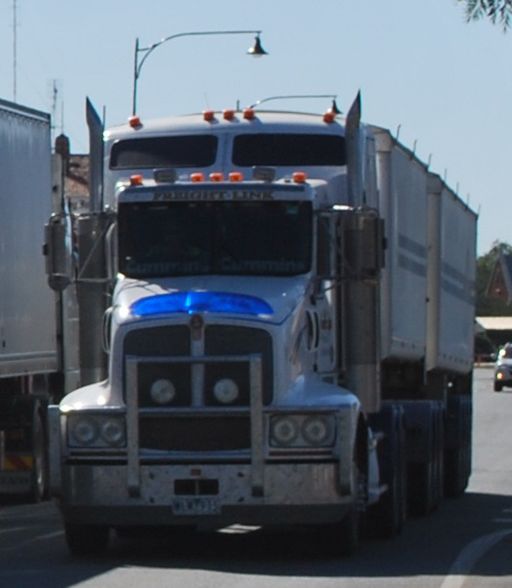
By integrating technologies with traditional methods of freight tracking and accountability, today’s cutting-edge freight outfits are gaining an enhanced perspective on freight movement, logistics, sales and even the financial end of the shipping business. But not every freight organization is up to the task of managing the entire supply chain body holistically. Among the looming obstacles to holistic visibility is the challenge of shifting data into a standardized system that meshes with transportation management systems (TMS).
Business leaders point to the wealth of new data resources that have emerged in the trucking and shipping industry during the last decade. Many of these were simply not available to freight outfits even five years ago. That means many are tasked with cleaning data so that it can be streamlined into the latest TMS for improved efficiency and visibility.
Maximizing a company’s TMS often means herding hundreds of points in a supply chain network into a form of data that flows seamlessly. No easy task, but freight leaders who leverage significant tech advancements enjoy vastly improved visibility.
Will Supply Chain Visibility in The Tech Era?
The difference from previous supply chain information and the integration of advanced technologies is no longer merely knowing where a shipment is at any given time. The difference is a freight organization’s ability to accurately predict where it will be in the supply chain.
That’s a significant advancement for shipping departments that were often considered under-funded and under-appreciated just 10 years ago. Tracking was too often a secondary priority. These days, logistics experts are a front-line asset because they provide valuable insight into freight and payment movement.
With every aspect of the process on a technologically advanced command centers desktop, laptop or phone, the supply chain conversation is not just about whereabouts, it’s about flow. The risk of a shipment becoming sedentary is generally minimized due to enhanced visibility. An efficient supply chain is one that perpetually moves. As Newton’s first law of motion states: “a body in motion at a constant velocity will remain in motion.”
Can Improved Visibility Avoid Crisis?
It wasn’t that far back that shipment tracking was equivalent to knowing where a product or payment was days ago. That used to be called visibility. But ramping up TMS with new tech has changed supply chain visibility to where the freight was seconds ago and where it will be tomorrow.
Although this level of sophistication may seem extreme, it can be invaluable during times of crisis. Consider that a manufacturing business relies on materials to keep its workflow moving and it is running dangerously low. Decisions about workforce management may require pinpointing where the expected raw materials are in the supply chain and when they will arrive. Enhanced visibility can mean the difference between a work stoppage or strategic workforce management that sustains profitability.
The adage that “knowledge is power” has never been so true in the freight industry. Technological advancements in the freight industry are improving supply chain visibility exponentially. Companies that rely on real-time intelligence for strategic business management would be wise to stick with freight outfits that maximize holistic supply chain visibility.
